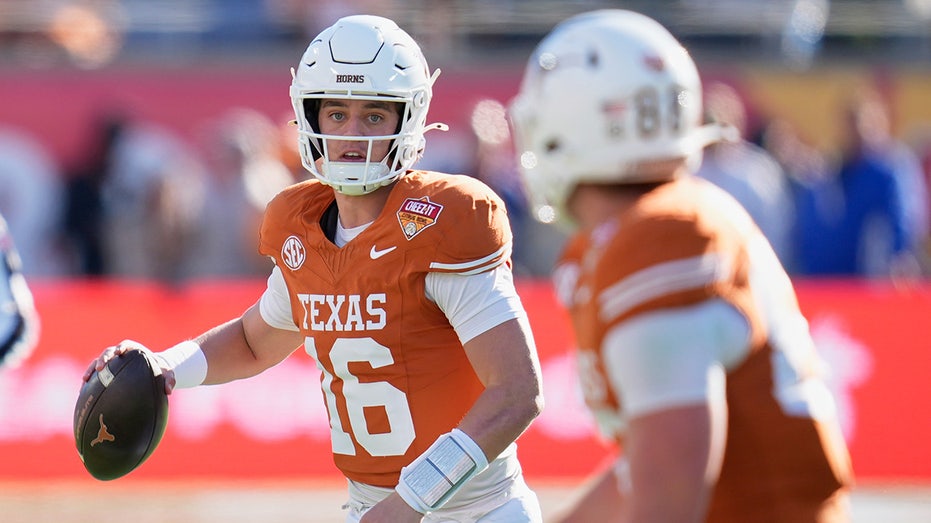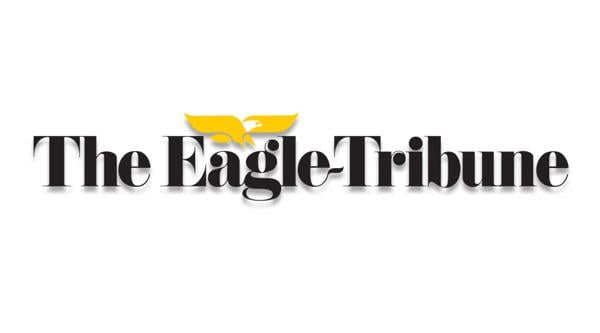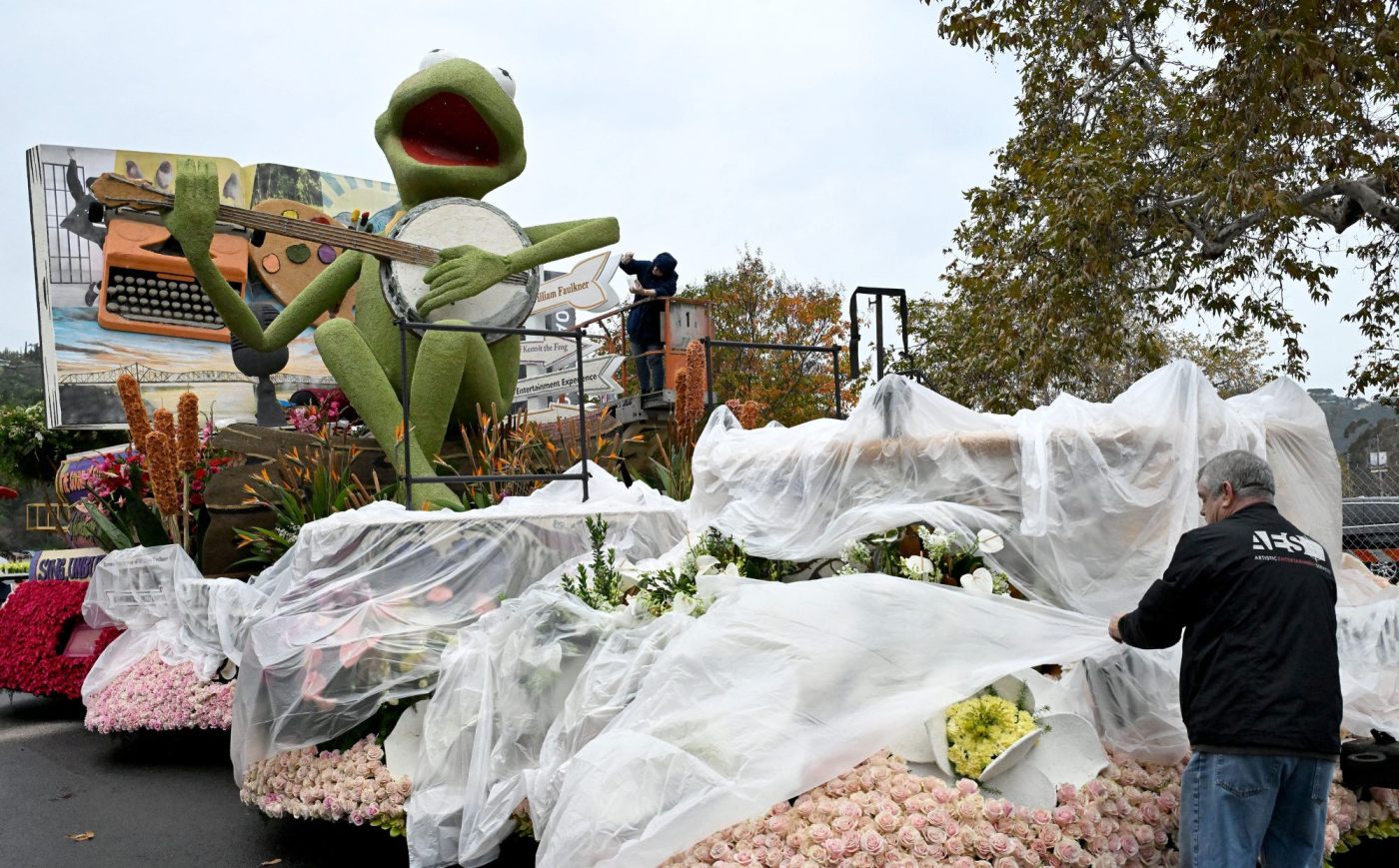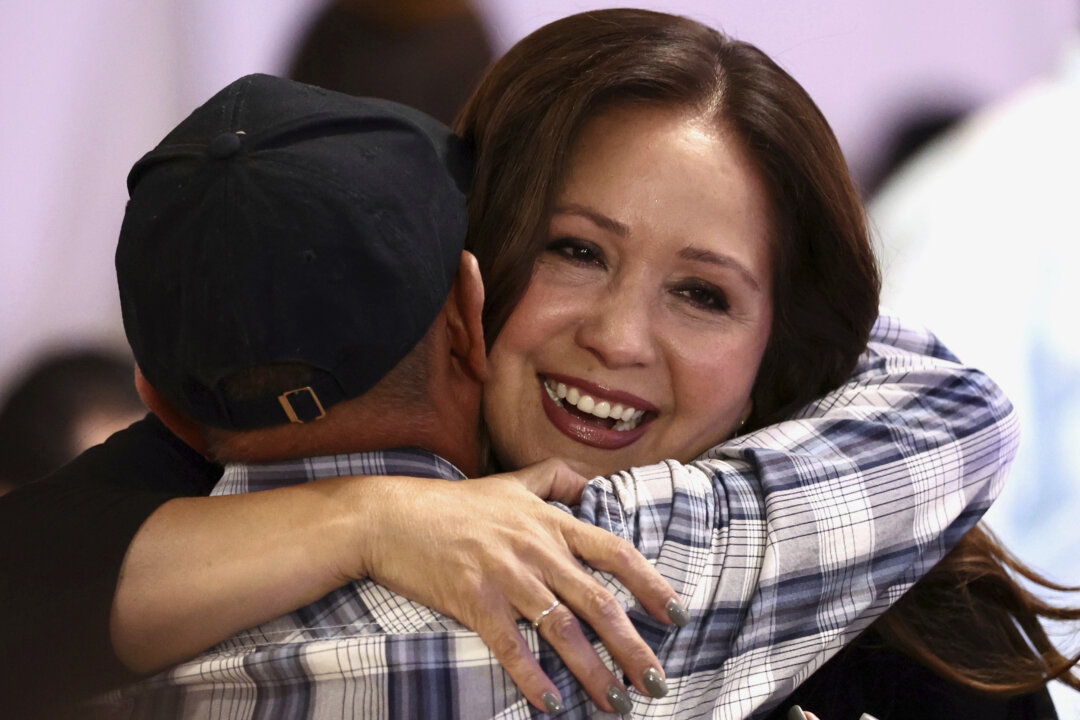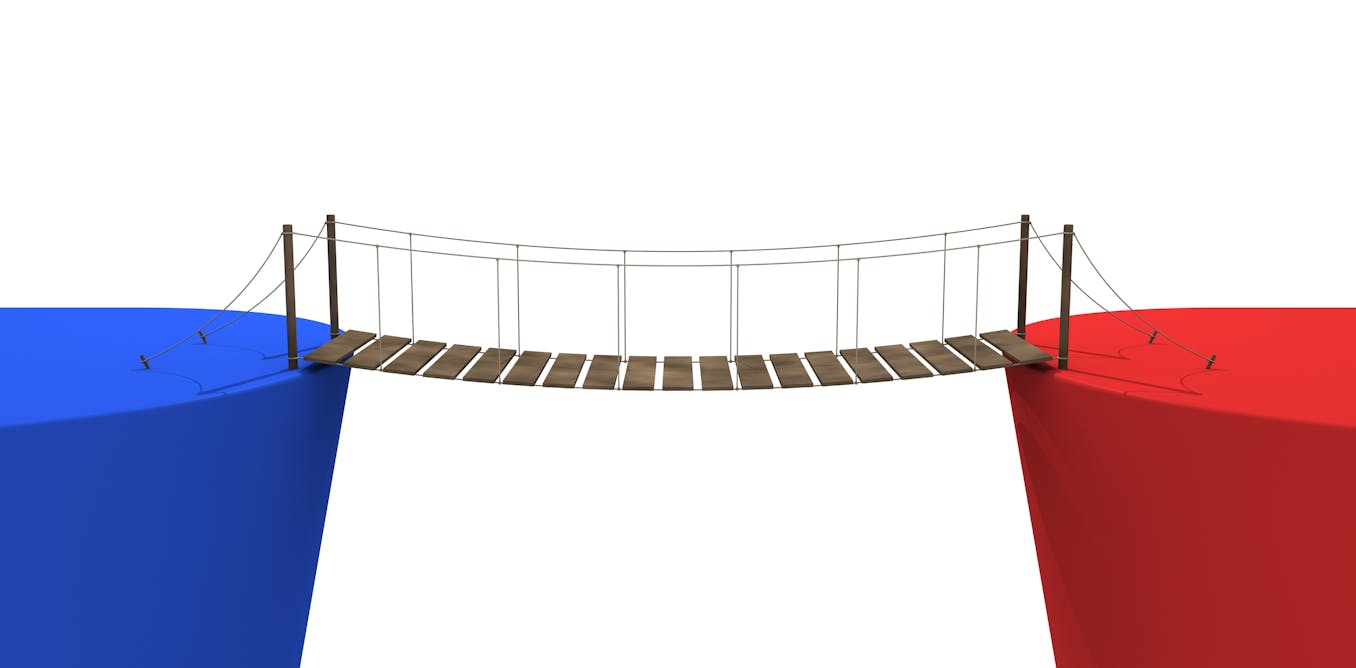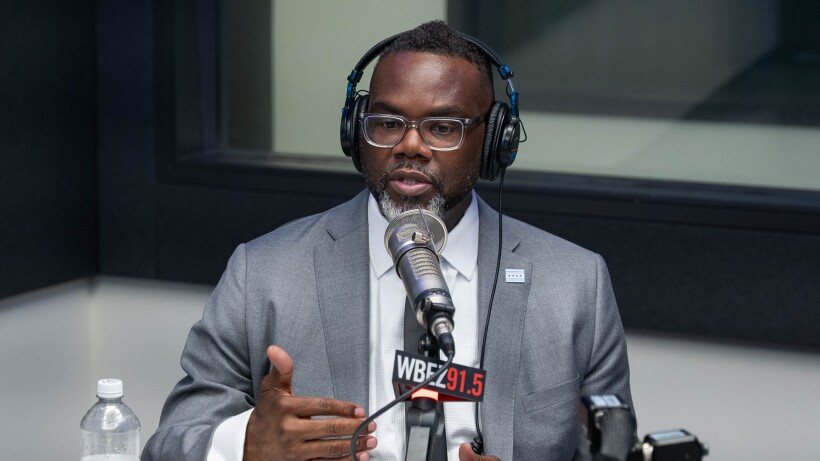Subway Fares Increase to $3 in January: A Necessary Step
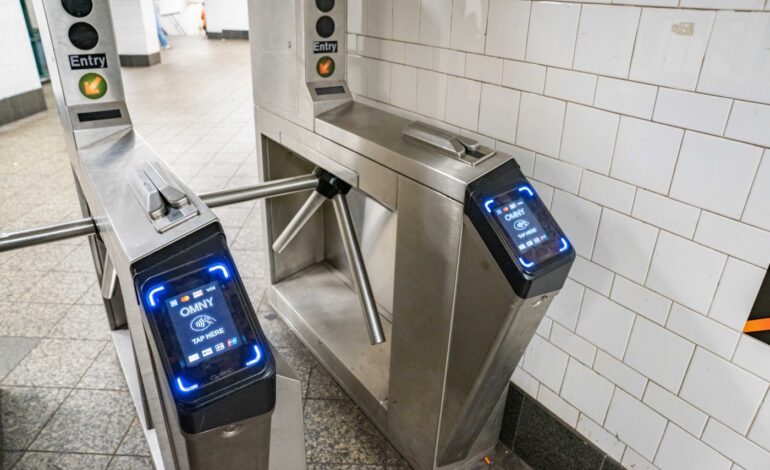
The Metropolitan Transportation Authority (MTA) announced that subway and bus fares will rise from $2.90 to $3.00 starting in January 2024. While this increase may not be welcomed by all, it is deemed necessary for maintaining a functioning transit system. The last fare adjustment occurred two years ago, aligning with the MTA’s historical practice of implementing increases every two years based on inflation, a guideline known as the Ravitch Rule.
The Ravitch Rule, named after former MTA chairman and businessman Dick Ravitch, aims to establish a predictable fare structure while ensuring that revenues keep pace with operational costs. Although Ravitch has passed, his legacy continues to influence transit policies. New York has experienced the consequences of delaying fare increases in the past, leading to larger and more burdensome hikes that ultimately frustrate commuters.
Despite opposition from Mayor Eric Adams, who is currently campaigning for re-election, the MTA is moving forward with the fare increase. It highlights the ongoing challenge faced by authorities in balancing public sentiment with the financial realities of transit operations. Governor Kathy Hochul has indicated that the MTA will adhere to the Ravitch Rule, ensuring that necessary revenue is generated to sustain service levels.
Public Engagement and Transit Changes
Criticism has emerged regarding the MTA’s approach to public engagement surrounding this fare increase. The agency has scheduled only three public hearings within a 24-hour period in downtown Brooklyn, limiting opportunities for residents from other boroughs and suburban areas to voice their concerns. Stakeholders argue that a more accessible format is essential for inclusive dialogue.
In addition to the fare increase, the MTA will transition from the traditional MetroCard system to the new OMNY system, which allows users to pay their fares using OMNY cards, credit cards, debit cards, or smartphones. The MetroCard will be phased out entirely, making way for a more modern payment option. However, until the transition takes full effect, riders will still be able to use MetroCards, though the availability of vending machines has decreased, complicating the process for those who rely on this method of payment.
Furthermore, many New Yorkers continue to use cash for transactions, raising concerns about accessibility as the MTA shifts to digital platforms. The MTA has been criticized for not providing a comprehensive list of available MetroCard vending machines, which could inconvenience those who depend on them.
Fare Adjustments and Regional Developments
While the fare increase has garnered attention, there have been positive developments in regional transportation. NJ Transit recently eliminated the surcharge for rail passengers traveling to Newark Airport from Manhattan’s Penn Station. This change, effective since July 1, 2022, reflects an effort to enhance service and reduce costs for commuters.
As the subway fare rises to $3.00, it serves as a reminder of the ongoing challenges facing urban transit systems. By adhering to the principles established by Dick Ravitch, the MTA aims to create a more sustainable and reliable transit network for millions of New Yorkers. The focus now shifts to ensuring that this additional revenue translates into improved service and infrastructure, meeting the evolving needs of a diverse commuting population.

